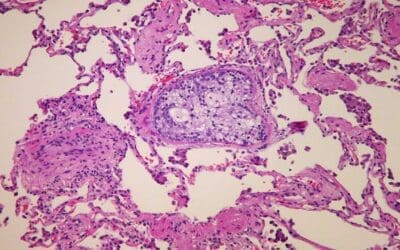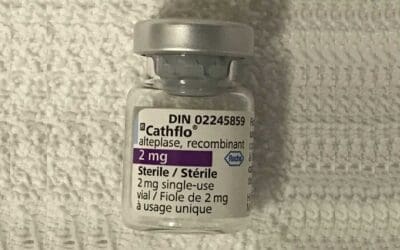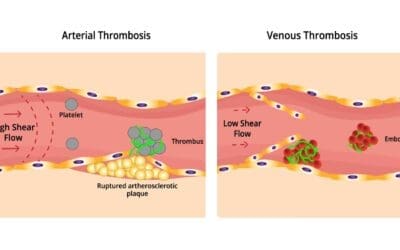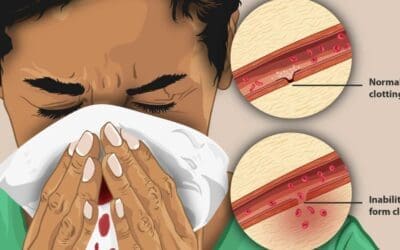Henoch-Schönlein purpura (HSP): Palpable rash, joint & belly pain, often in kids. Usually resolves in weeks, but need to monitor kidneys.
Thrombocytosis (High Platelet Count)
Thrombocytosis: High platelet count. Can be reactive (due to other conditions) or essential (bone marrow disorder). Learn causes & significance.
HELLP Syndrome
HELLP syndrome: A serious pregnancy issue with hemolysis, elevated liver enzymes, and low platelets. Requires urgent care.
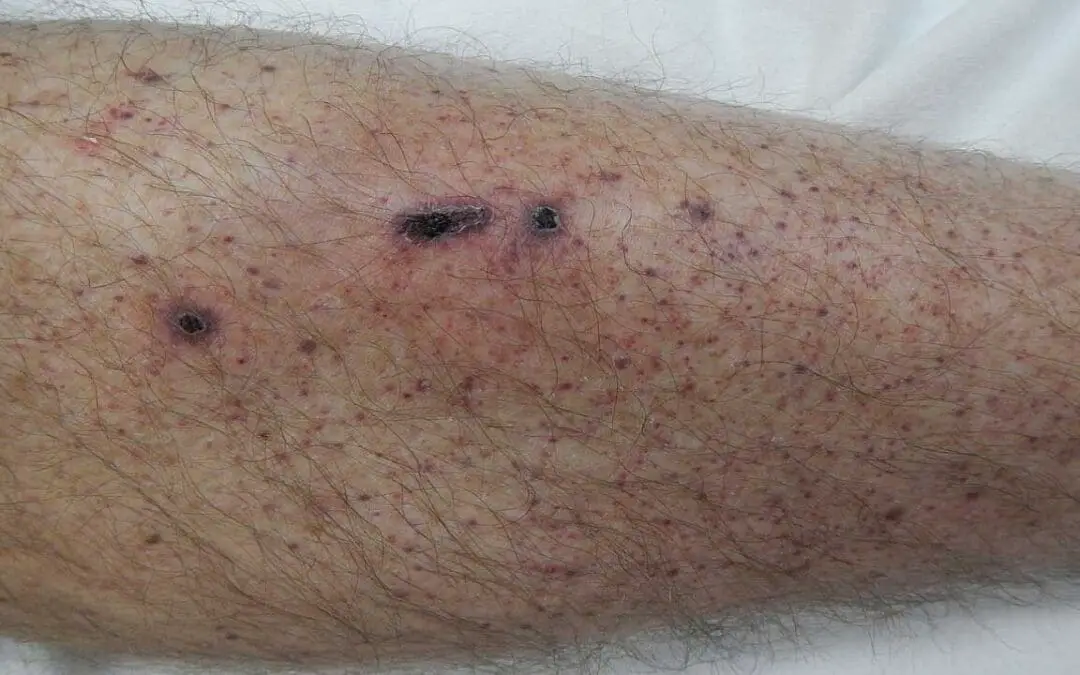
Petechiae
Petechiae: tiny red or purple spots on skin. Often harmless, but can signal underlying issues.
Embolus & Embolism
An embolus is a traveling blood clot that can block blood flow, causing serious complications like pulmonary embolism or stroke. Early detection and treatment are crucial to prevent these life-threatening risks.
Tissue Plasminogen Activator (tPA)
tPA is a powerful drug used to dissolve blood clots causing heart attacks, strokes, and pulmonary embolisms. While effective, it also carries risks, primarily bleeding.
Thrombosis: An Overview
Blood clots, called thrombosis, can form in deep veins and travel to the lungs (PE) causing serious complications. While often symptomless, watch for leg swelling, redness, and sudden shortness of breath. Early diagnosis and treatment are crucial to prevent life-threatening risks.
Coagulation (Clotting) Disorders
Coagulation disorders disrupt blood clotting, causing abnormal bleeding or clotting. These can be inherited or acquired later in life due to various factors. Early diagnosis is crucial for proper management.
Platelet Function Disorders
Platelet function disorders disrupt blood clotting, causing excessive bleeding. Inherited or acquired, these conditions can range from mild to severe.
Thrombocytopenia
Thrombocytopenia, a condition with a low platelet count, can cause easy bruising and bleeding. While it often has no symptoms, severe cases can lead to internal bleeding. It can arise from various causes, including infections, medications, or autoimmune disorders. Early diagnosis and treatment are crucial to prevent complications.


